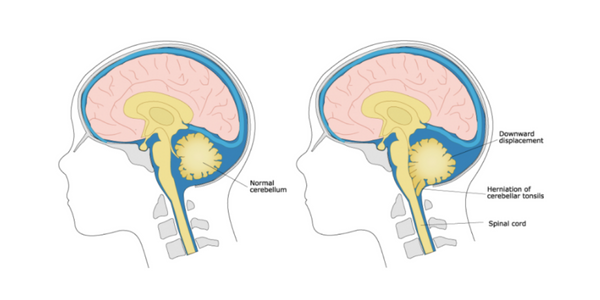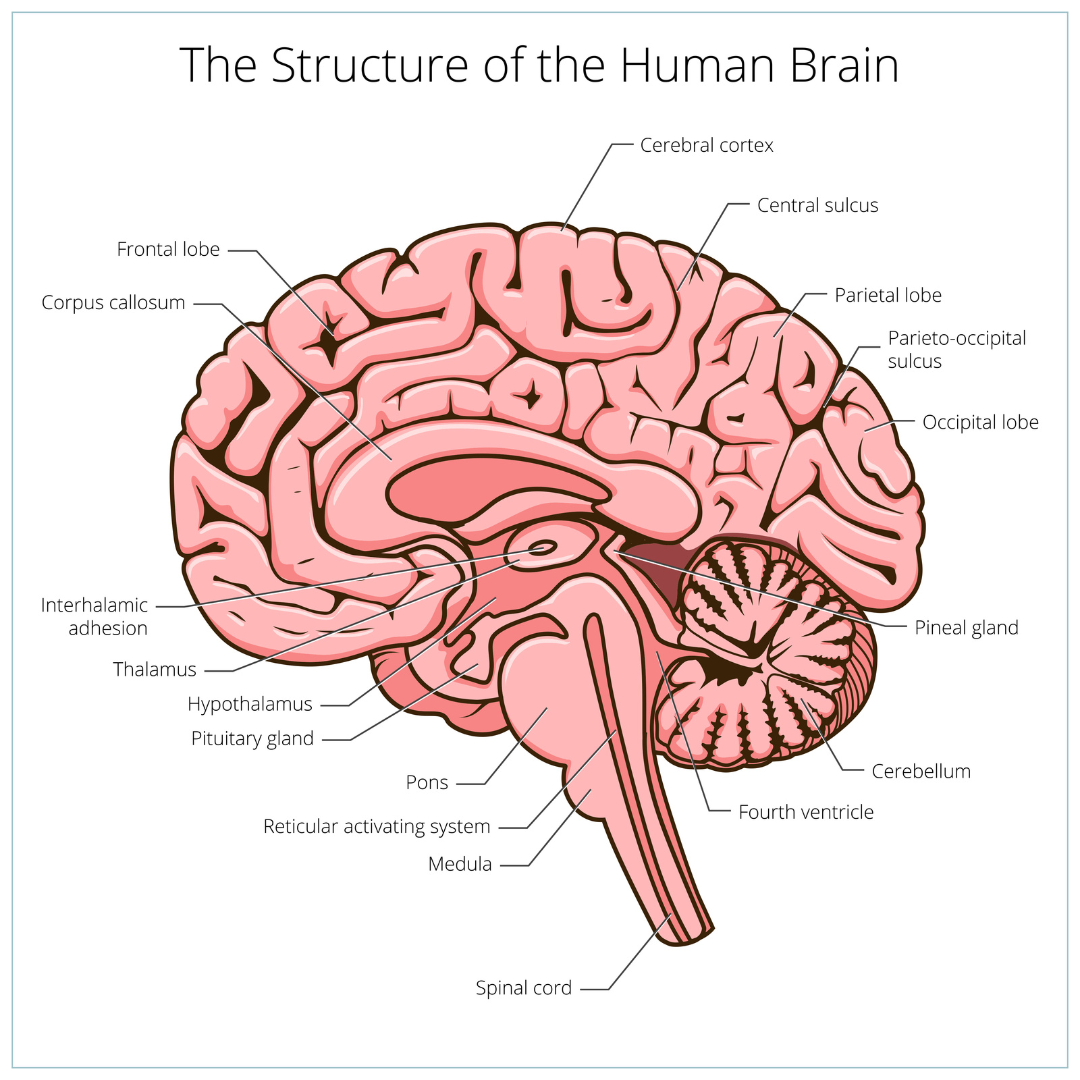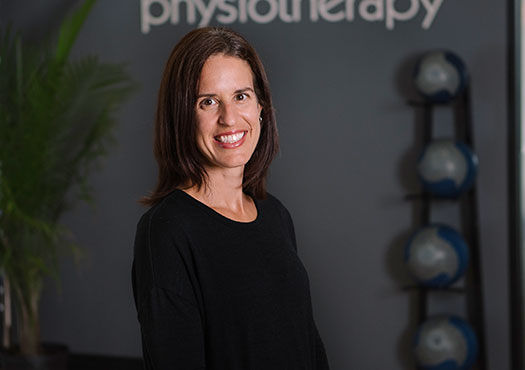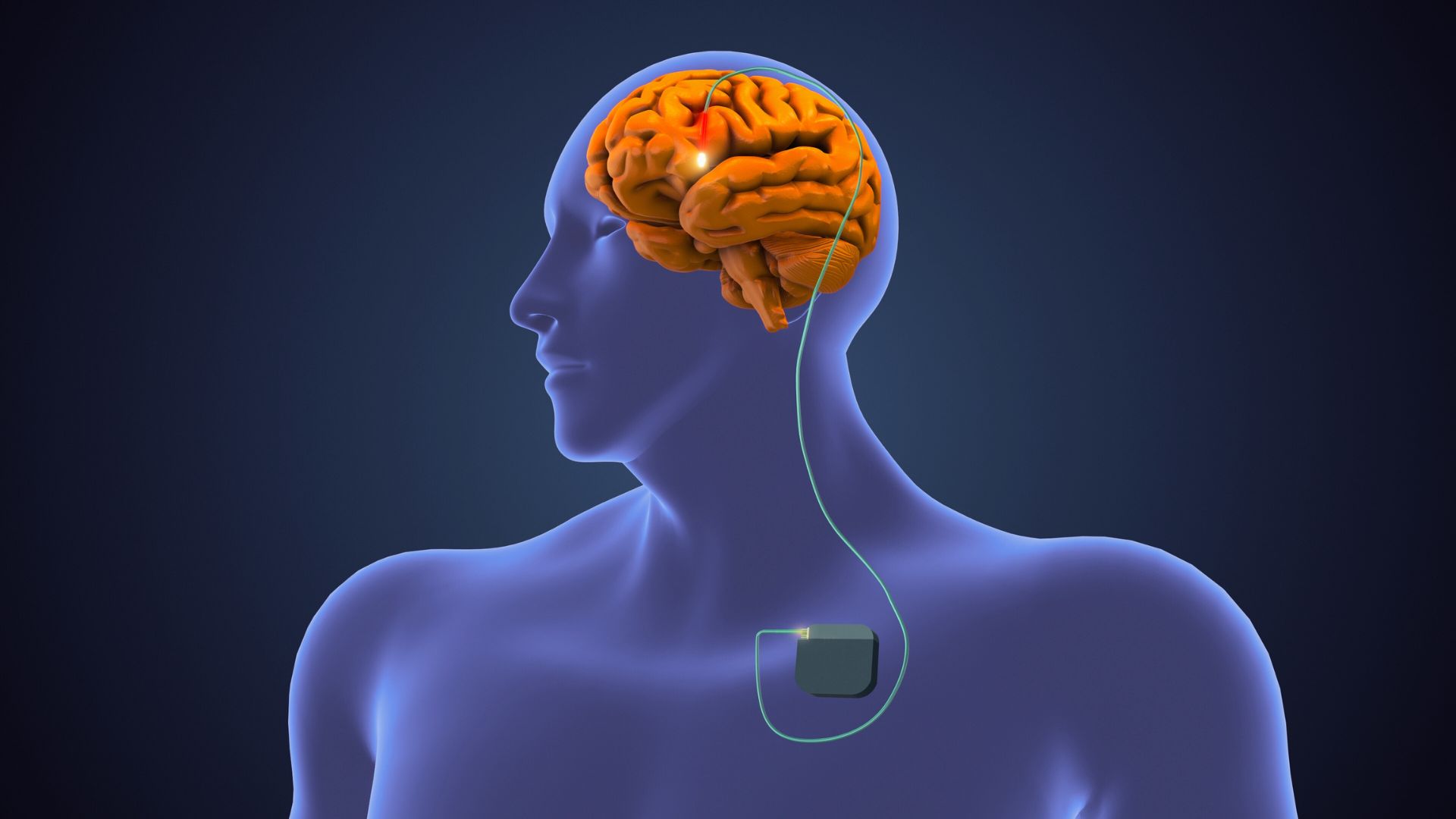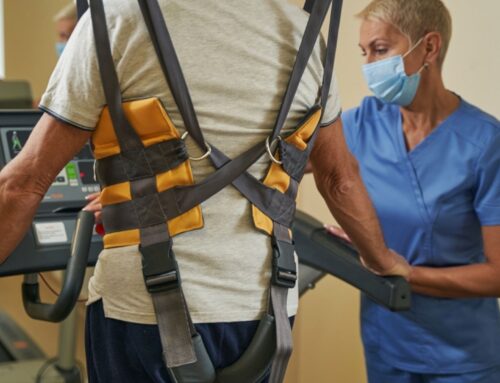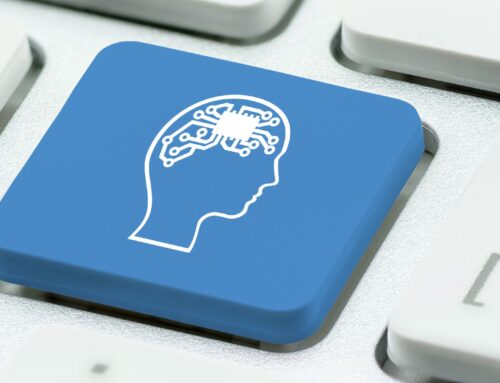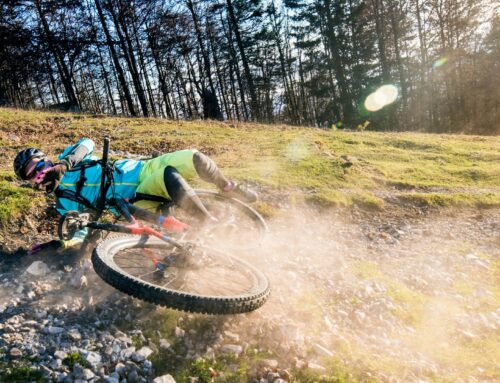Chiari malformation is a condition where the lower part of the brain pushes down into the spinal cord. While some people with this condition will never have symptoms, late childhood and early teen years are when symptoms typically do occur.
While surgical management can address headaches, hydrocephalus (abnormal build-up of fluid in the cavities deep in the brain) and nerve compression, physiotherapy addresses many of the other factors and sequalae including pain management, muscle imbalances, vestibular issues, and gait training.
Outcomes for Chiari malformation depend greatly on the extent of nervous system involvement. In this article, we will look at brain anatomy and the four types of Chiari malformation. I open up about my family’s personal journey with the condition. We also discuss symptoms, surgical and physiotherapy Chiari malformation treatment options.
Table of Contents
- What is Chiari Malformation?
- Brain Anatomy
- Chiari Malformation Types
- Chiari I Malformation Symptoms
- Chiari Decompression Surgery
- Physiotherapy Chiari Malformation Treatment
What is Chiari Malformation?
Chiari malformation is a condition where the lower part of the brain pushes down into the spinal cord causing disruption to the nervous system. The prevalence of Chiari malformations in the general population has been estimated to be slightly less than 1 in 1000.[i]
There are four types of Chiari malformation characterized by the extent of damage to the tissues and nerves. Some people with type I will never even have symptoms, while type 4 is extremely rare and fatal.
Brain Anatomy
The cerebellum is located inside the posterior fossa area at the base of the skull. Along the under surface of the cerebellum, there are two small protrusions called the tonsils. The fourth ventricle is a space filled with cerebrospinal fluid (CSF) located in front of the cerebellum and behind the brainstem (medulla oblongata).
All of these structures are located just above the foramen magnum, the opening at the base of the skull through which the spinal cord connects to the brain.
Chiari Malformation Types
There are four types of Chiari malformation characterized by the extent of malformation and abnormality.
Chiari Malformation Type I
This type of malformation occurs during fetal development and is characterized by a downward displacement of the cerebellar tonsils more than 5mm through the foramen magnum into the cervical spinal canal.[ii] This abnormality may block the normal flow of cerebrospinal fluid that flows between the spinal cord and brain leading to a spinal syrinx.
Chiari Malformation Type II
With type II malformation, there is a more extensive and complex abnormality. In this type, the cerebellar tonsils, brainstem and fourth ventricle are herniated through the foramen magnum. This type is usually only seen in patients with myelomeningocele (a severe form of spina bifida in which a baby’s spine and spinal cord do not close before birth) resulting in muscle weakness, loss of bladder and bowel control and paralysis.[iii]
Chiari Malformation Type III
This type is rare and can cause debilitating and life-threatening complications. In this type of malformation, the cerebellum, brain stem and membranes of the brain and spinal cord push through a deformity in the back of the skull.[iv]
Chiari Malformation Type IV
In this type of severe and extremely rare malformation, there is failure of the cerebellum to develop normally with most babies not surviving infancy.[v]
Chiari I Malformation Symptoms
Some people with Chiari type I malformations will never develop symptoms and will only be diagnosed as an incidental finding through MRI imaging. However, some individuals will have symptoms depending on the extent of pressure and/or damage to the tissues and nerves. These symptoms can include:
- Headaches – especially when coughing, straining or sneezing
- Neck pain
- Balance difficulties
- Muscle weakness
- Sensory changes in arms and/or legs
- Vomiting
- Difficulty swallowing
- Difficulty sleeping
- Dizziness
- Curvature of the spine (scoliosis)[vi]
Chiari Decompression Surgery
Surgical Chiari malformation treatment aims to decrease pressure on the brain and spinal cord to lesson or eliminate symptoms. The standard surgical intervention is a posterior fossa decompression where a small portion of the back of the skull is removed (craniectomy).
Depending on the extent of symptoms and malformation, surgery may also include removal of the bony part of the spinal column (laminectomy), and/or cauterization of the cerebellar tonsils.
Physiotherapy Chiari Malformation Treatment
As a physiotherapist and the parent of a child with Chiari malformation, I am a huge proponent of physiotherapy treatment at the outset of diagnosis. The nervous system is highly adaptable and dependent on experience. In other words, the way we move will develop into habits that shape our brain and how we use our muscles.
With Chiari malformation there are usually subtle or overt maladaptive ways of movement. By addressing these early in onset through physiotherapy interventions, we can help improve the efficiency and muscle activity a person uses to minimize long term consequences such as pain or dysfunction.
My son had typical symptoms of chiari as a toddler – scoliosis, vomiting, and sleep apnea. Unfortunately, these symptoms were dismissed and attributed to other factors. As he got older, symptoms of muscle weakness and imbalance became evident when riding a bike and running.
After a thorough assessment by a physiotherapist, rheumatologist and neurologist at SickKids Hospital, imaging revealed a Chiari malformation with an extensive syringomyelia that had caused significant swelling in his spinal cord. Many of his symptoms were not directly associated with the Chiari itself but the resulting syrinx and spinal cord pressure that resulted in permanent nerve damage.
After two spinal surgeries, several ankle braces, orthotics and regular physiotherapy appointments, my son is able to run, play hockey and baseball and feel like a relatively normal kid. However, we also recognize that this is a lifelong journey. Scoliosis and permanent nerve damage has led to muscular imbalances and pain. Physiotherapy has been an integral part of his recovery and continued rehab.
Physiotherapy for Chiari malformation treatment consists of:
- Stretching – Pressure on nerves often leads to tightening of muscles; As children grow muscles become even tighter to accommodate for bone growth
- Strengthening – Compression of nerves can cause muscle weakness and imbalances
- Balance training – Sensory nerves can also be compromised leading to decreased sensation in the legs and feet leading to balance difficulties
- Pain management techniques – use of manual therapy and soft tissue techniques to help manage headaches and back pain that may accompany scoliosis
- Vestibular rehabilitation therapy – vestibular techniques can help resolve some of the audiovestibular symptoms including dizziness, nystagmus
- Custom orthotics referral – Various orthotic devices such as ankle foot orthosis can be used to stabilize joints and increase independence
At Propel Physiotherapy, our therapists are trained and skilled to provide a thorough assessment and treatment plan for a variety of neurological conditions. Our therapists have experience in working with kids and teenagers with Chiari malformation throughout their rehab journey and helping them achieve their goals.
References
[i] Chiari Malformation, Neurosurgical Conditions and Treatments, American Association of Neurological Surgeons
[ii] Correspondence to: Professor Donald M Hadley, Department of Neuroradiology, Institute of Neurological Sciences, Southern General Hospital, 1345 Govan Road, Glasgow UK; gota27@udcf.gla.ac.uk
[iii] Myelomeningocele, Cleveland Clinic
[iv] Chiari Malformation, Neurosurgical Conditions and Treatments, American Association of Neurological Surgeons
[v] Ibid.
[vi] Chiari Malformation Fact Sheet, National Institute of Neurological Disorders and Stroke
Written by


